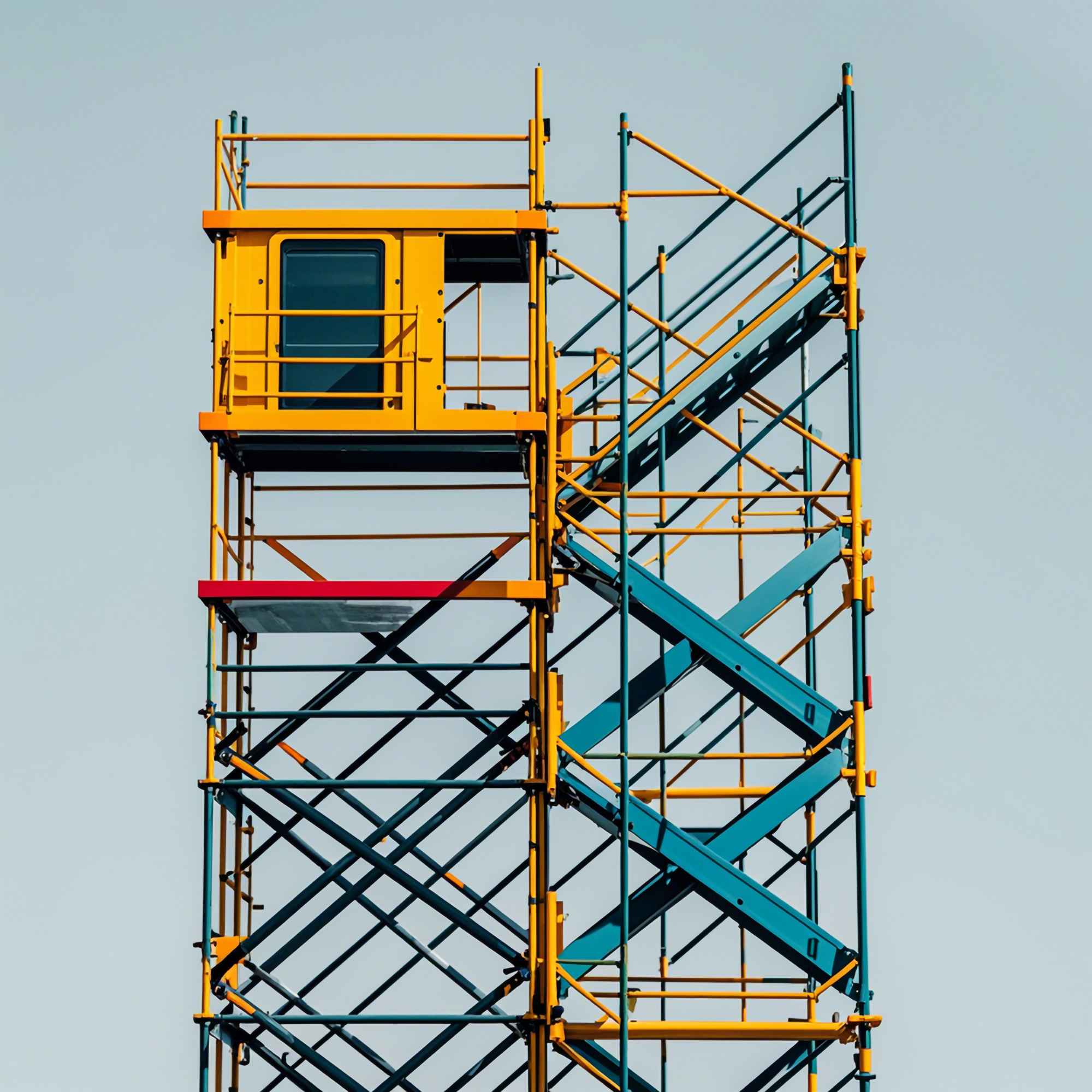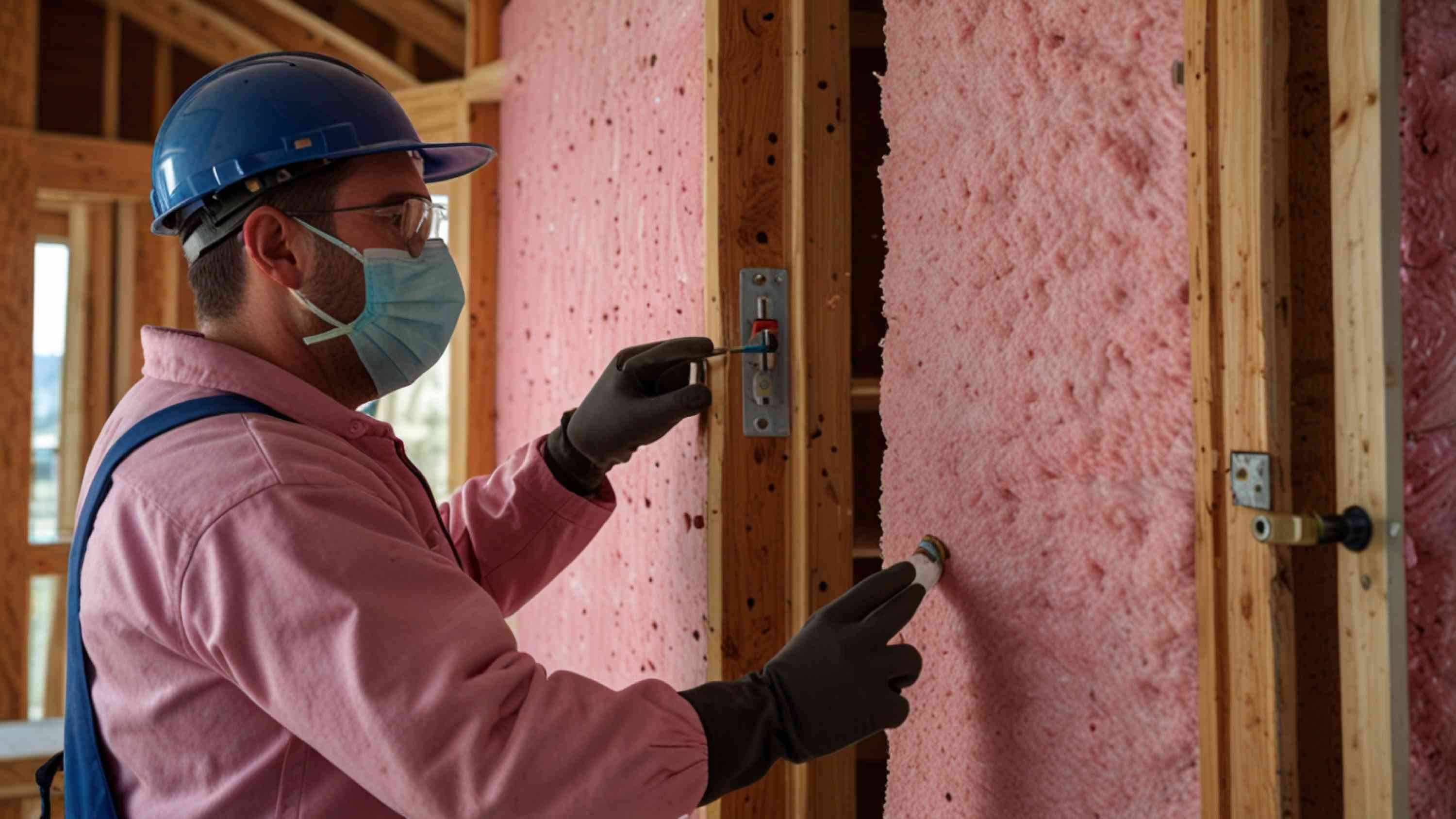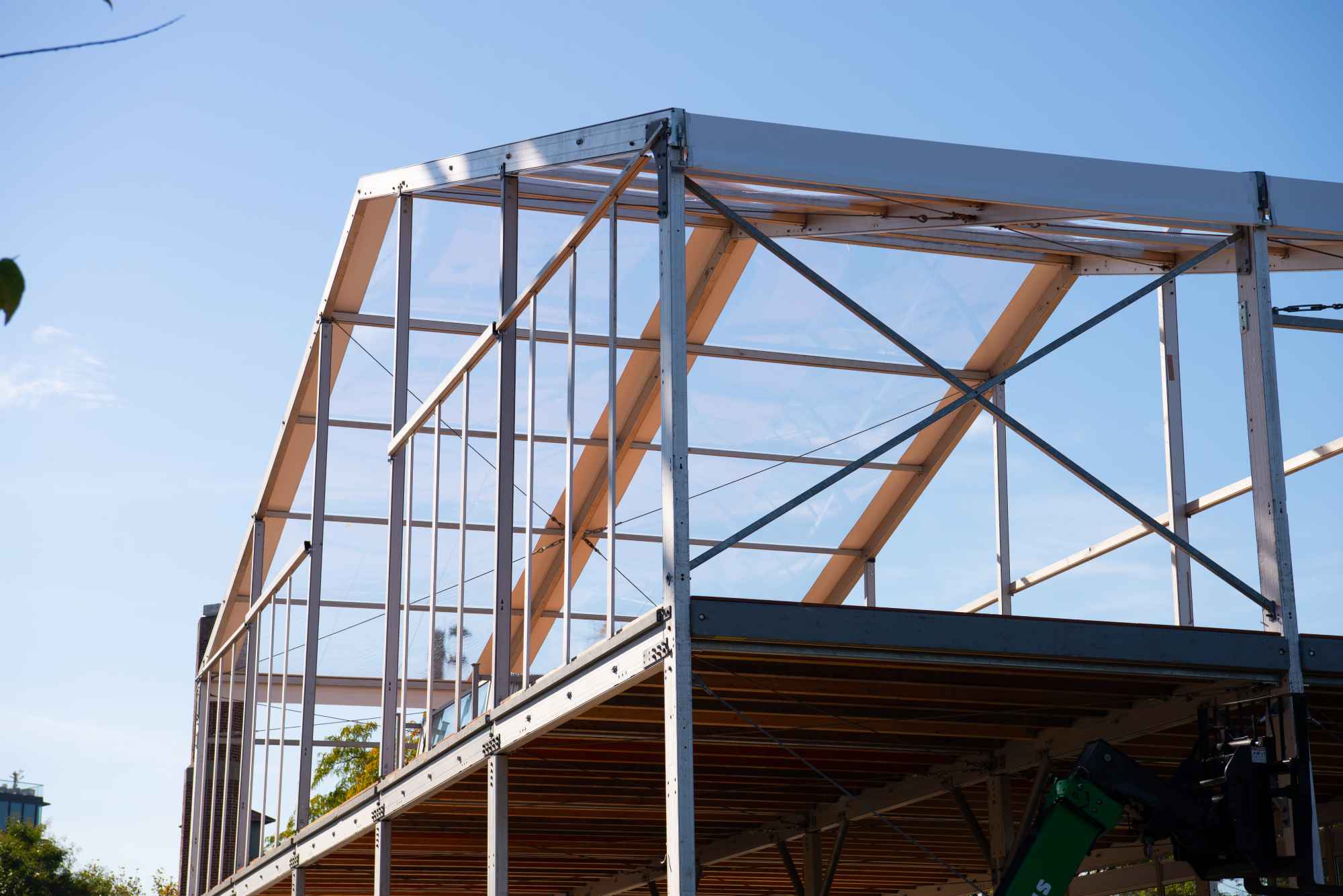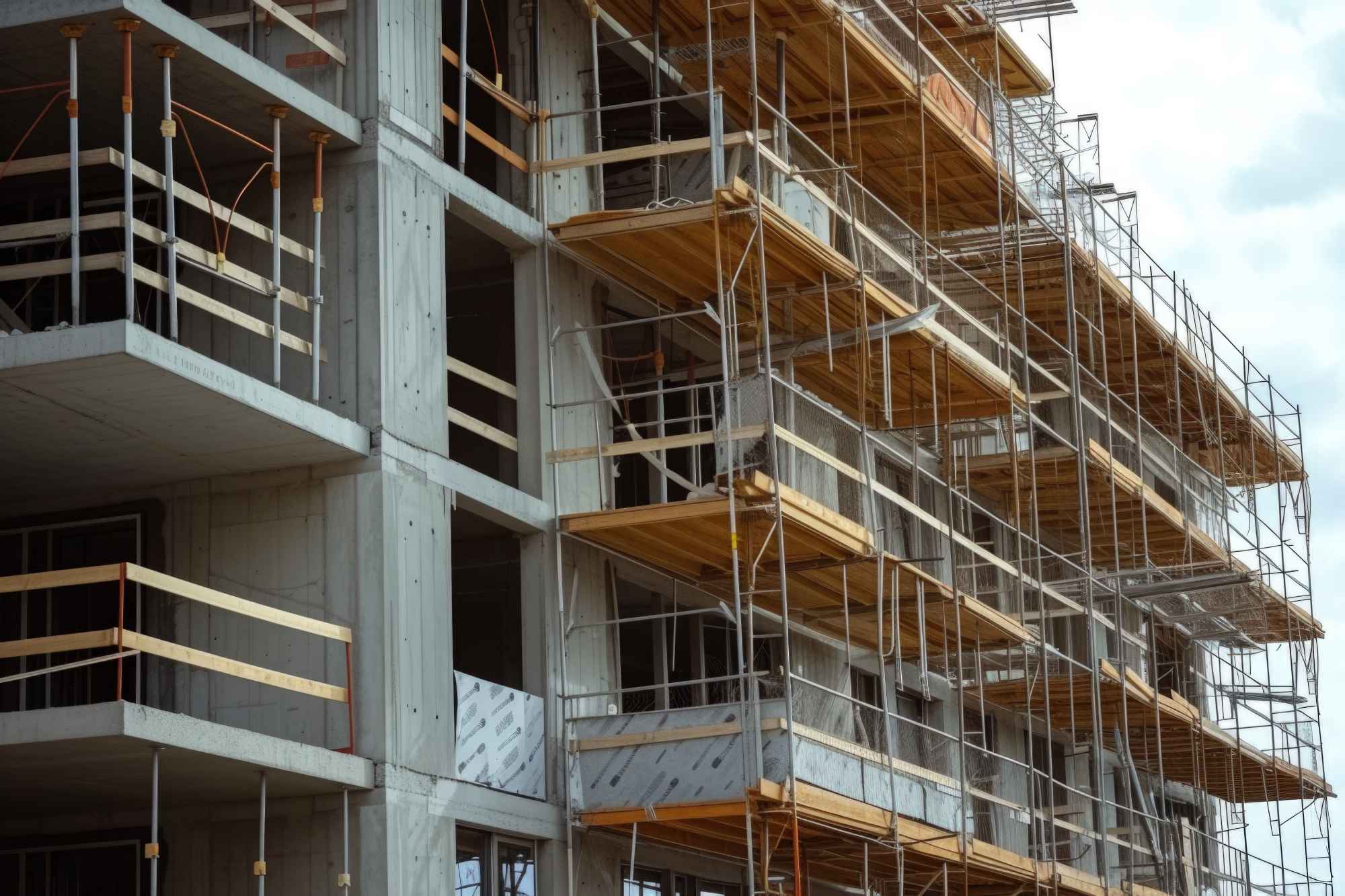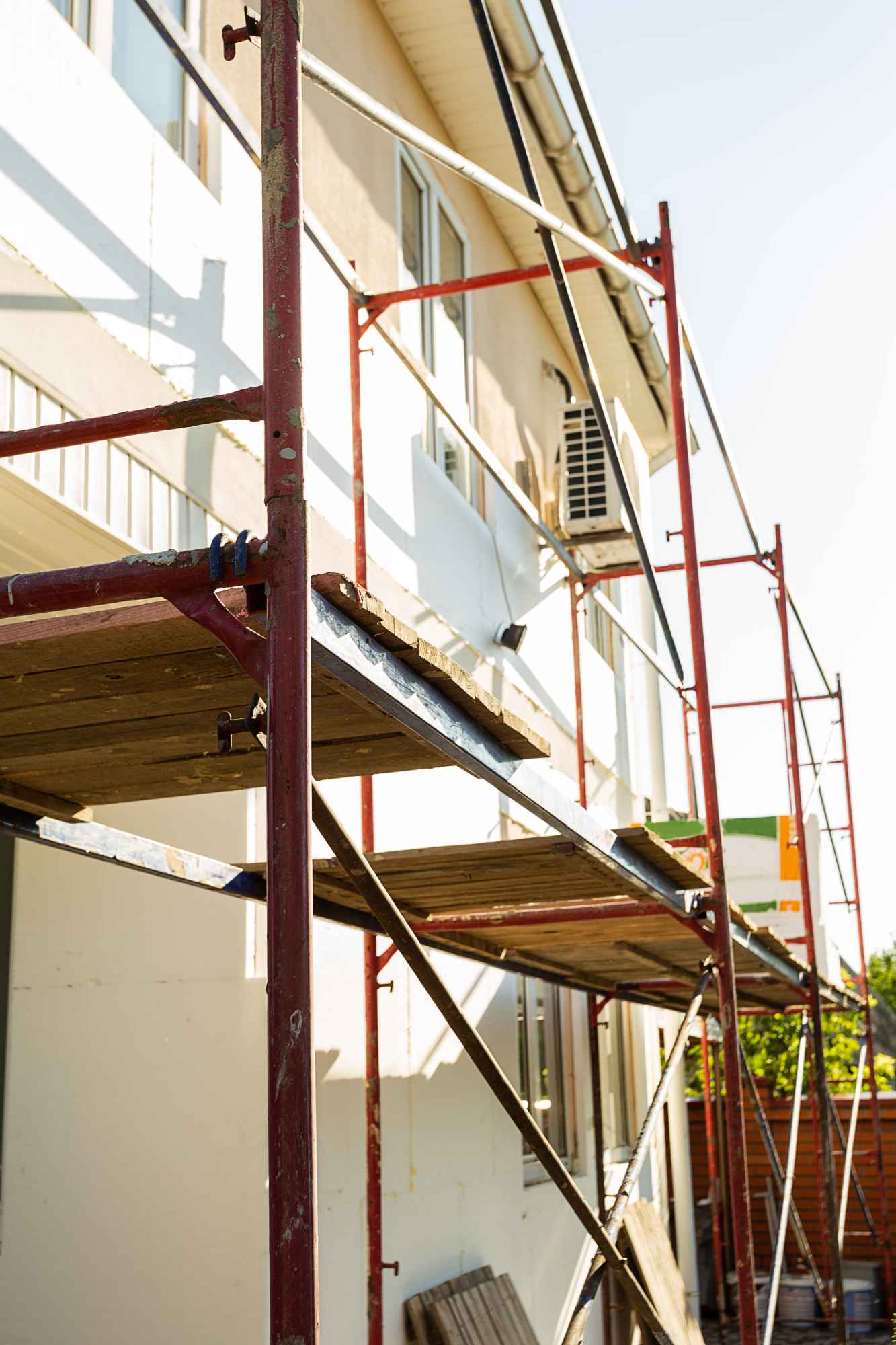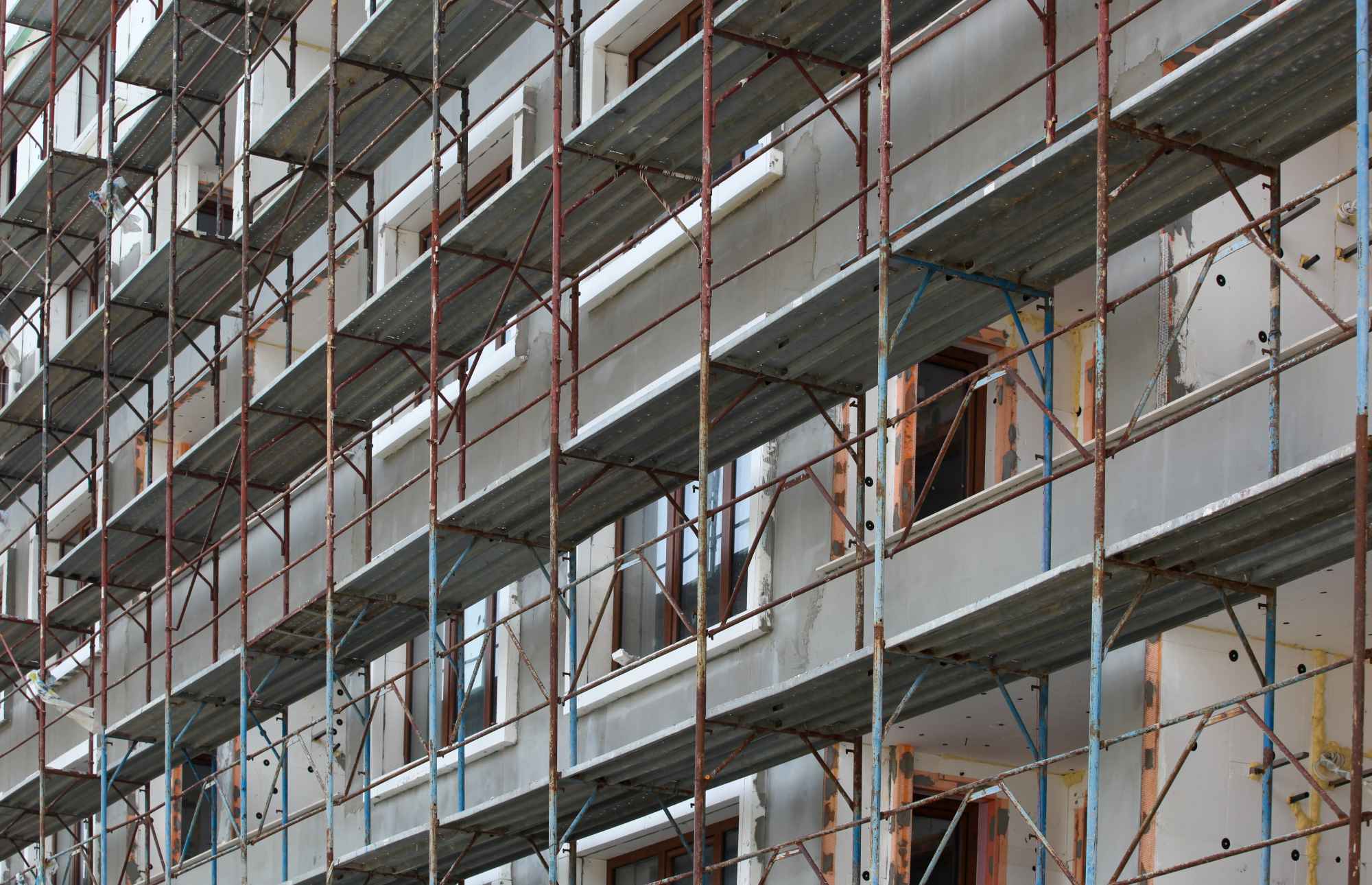KwikStage Scaffolding
KwikStage scaffolding is a versatile and highly reliable system widely used across various construction and maintenance projects. Its modular design allows for quick assembly and disassembly, making it an ideal choice for both small and large-scale applications. The system’s flexibility enables it to adapt to different building shapes and sizes, ensuring that it meets the specific needs of each project.
One of the key advantages of KwikStage scaffolding is its robust construction. Built from high-quality steel, the system offers exceptional strength and durability, providing secure support for workers and materials. This durability ensures that the scaffolding remains stable and reliable throughout the duration of the project, even in demanding conditions.
The KwikStage system is designed with safety as a top priority. It features a range of safety components, including guardrails, toe boards, and access ladders, to protect workers and prevent accidents. The easy-to-install safety features help create a secure working environment, minimizing the risk of falls and other hazards.
Another significant benefit of KwikStage scaffolding is its efficiency. The modular design allows for rapid setup and takedown, reducing labor time and associated costs. This efficiency is particularly valuable for projects with tight deadlines or those requiring frequent adjustments to the scaffolding configuration.
